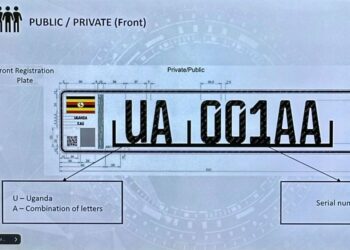Artificial Intelligence (AI) has been making waves in various industries, from healthcare to finance, and now it’s revolutionizing the world of art. The intersection of AI and creativity is a fascinating domain that is rapidly evolving, challenging traditional notions of what it means to be an artist. One of the most exciting developments in this field is the emergence of text to image AI, which allows users to generate visual content from simple textual descriptions.
AI in Art: A New Era of Creativity
The concept of AI-generated art is not entirely new. For years, artists and technologists have been experimenting with algorithms to create unique pieces of art. However, recent advancements in machine learning and deep learning have significantly enhanced the capabilities of AI in this domain. Today, AI can not only replicate existing styles but also create entirely new ones, pushing the boundaries of what is possible in the art world.
Text to Image AI: Transforming Ideas into Visual Masterpieces
One of the most groundbreaking applications of AI in art is text to image AI. This technology enables users to input a textual description and receive a corresponding image. For example, if you describe a “sunset over a serene lake,” the AI can generate a visual representation of that scene. This capability has immense potential for artists, designers, and even amateurs who want to bring their creative visions to life without needing extensive artistic skills.
The Ethical and Artistic Implications
While the possibilities are exciting, the use of AI in art also raises important ethical and artistic questions. Who owns the copyright of AI-generated art? Is it the person who inputted the text, the developer of the AI, or the AI itself? These questions are still being debated, and the answers will likely shape the future of AI-generated art.
Moreover, there is a concern that AI could replace human artists. However, many argue that AI is more of a tool than a replacement. It can augment human creativity, allowing artists to explore new ideas and techniques that were previously unimaginable. The collaboration between humans and AI could lead to a new renaissance in the art world, where the boundaries of creativity are continuously expanded.
The Future of AI in Art
The future of AI in art is bright and full of potential. As technology continues to advance, we can expect even more sophisticated tools that will further blur the lines between human and machine creativity. AI could become an integral part of the artistic process, helping artists to refine their skills, explore new styles, and create works that push the limits of imagination.
In conclusion, the integration of AI into the art world is a transformative development that is reshaping the way we think about creativity. Text to image AI is just one example of how this technology is opening up new possibilities for artists and enthusiasts alike. As we continue to explore the potential of AI in art, we can look forward to a future where creativity knows no bounds.
Do you have a story in your community or an opinion to share with us: Email us at editorial@watchdoguganda.com













